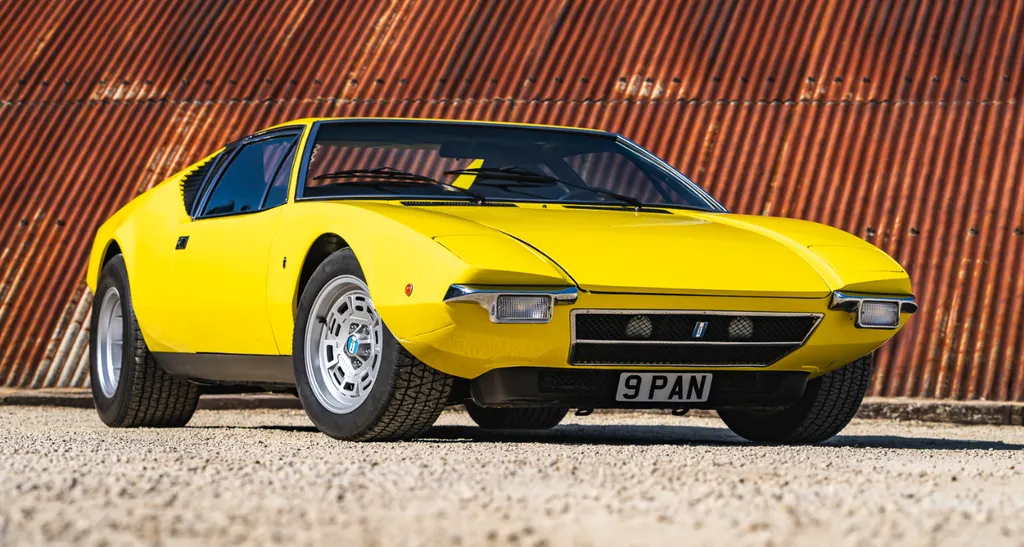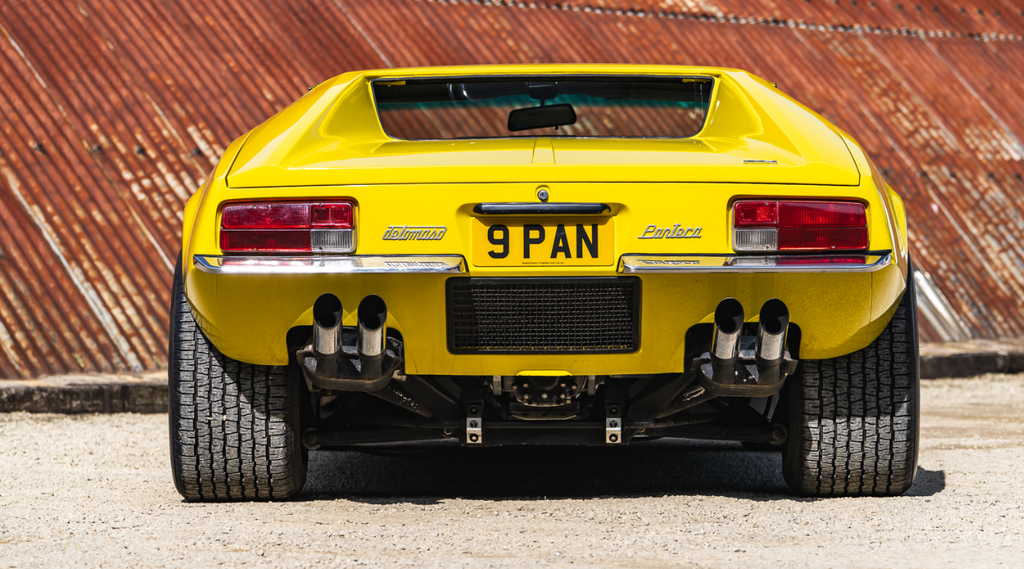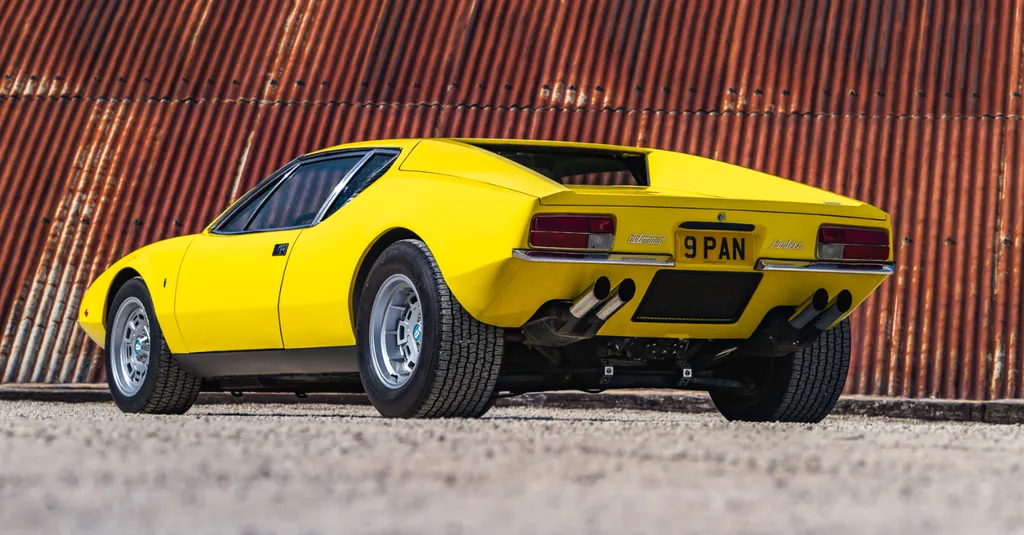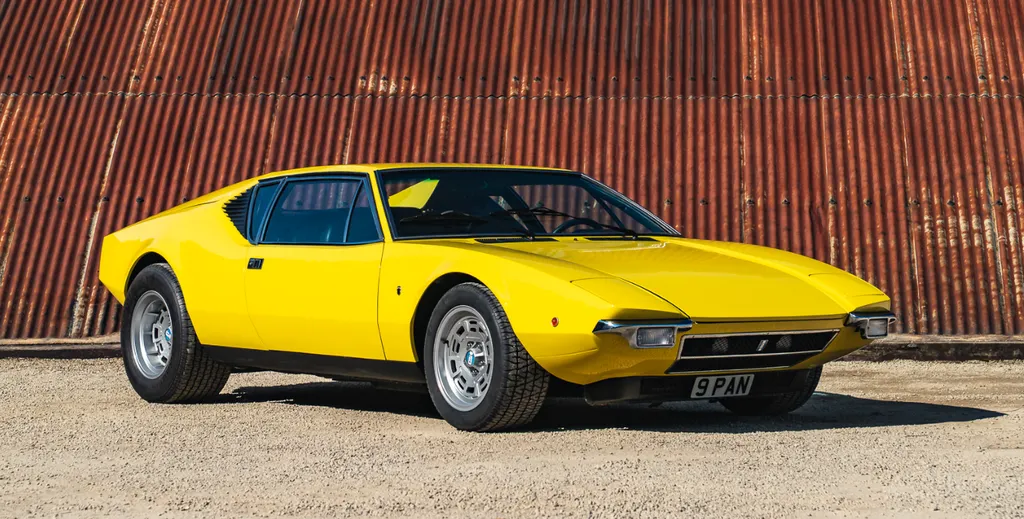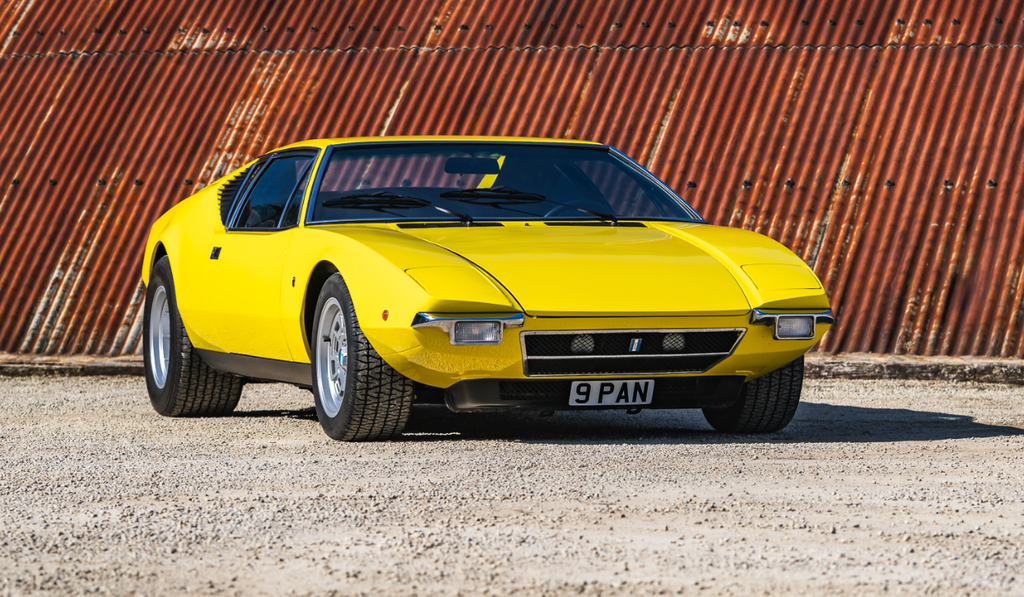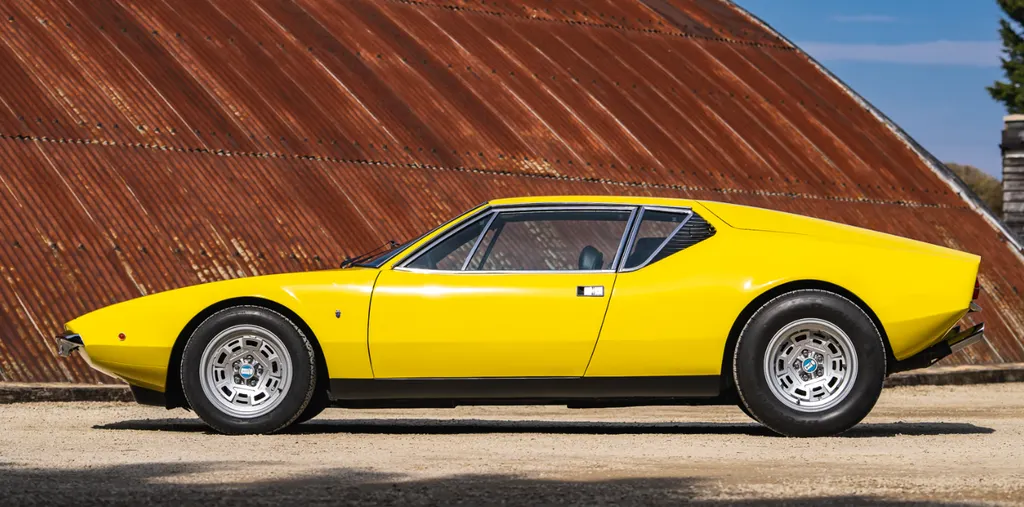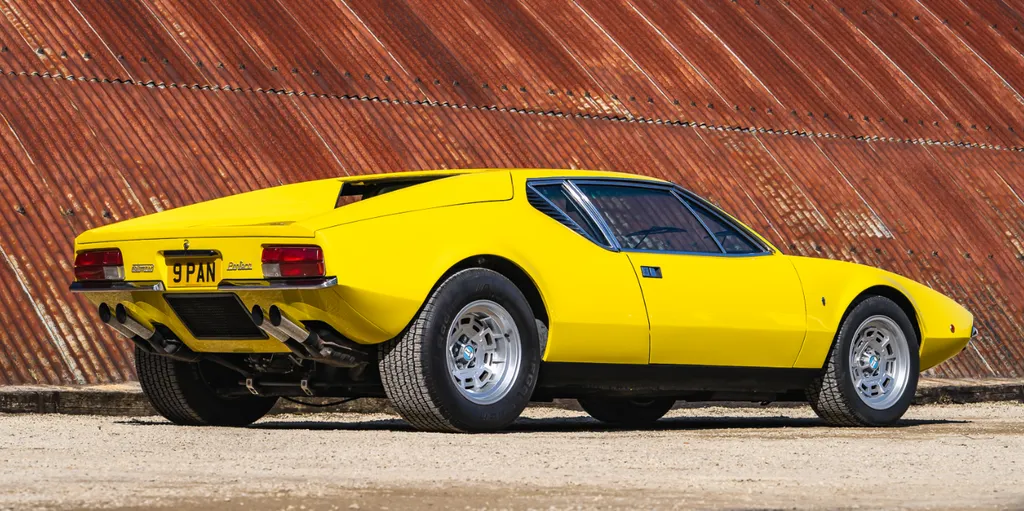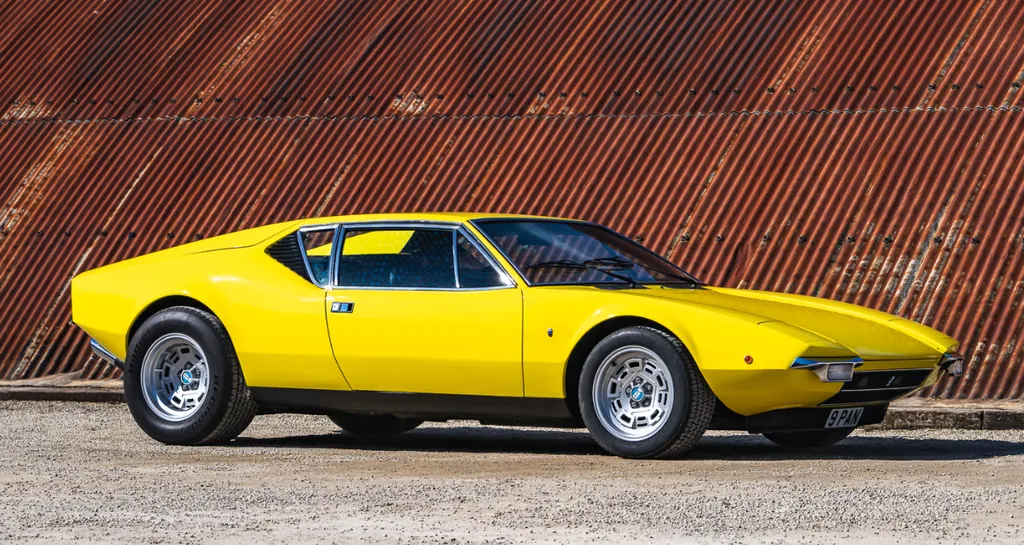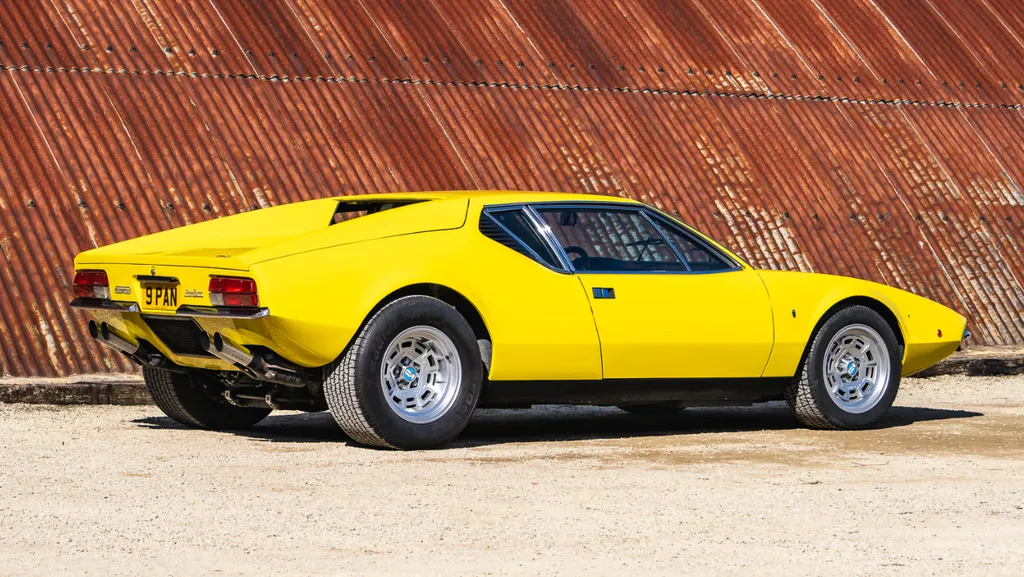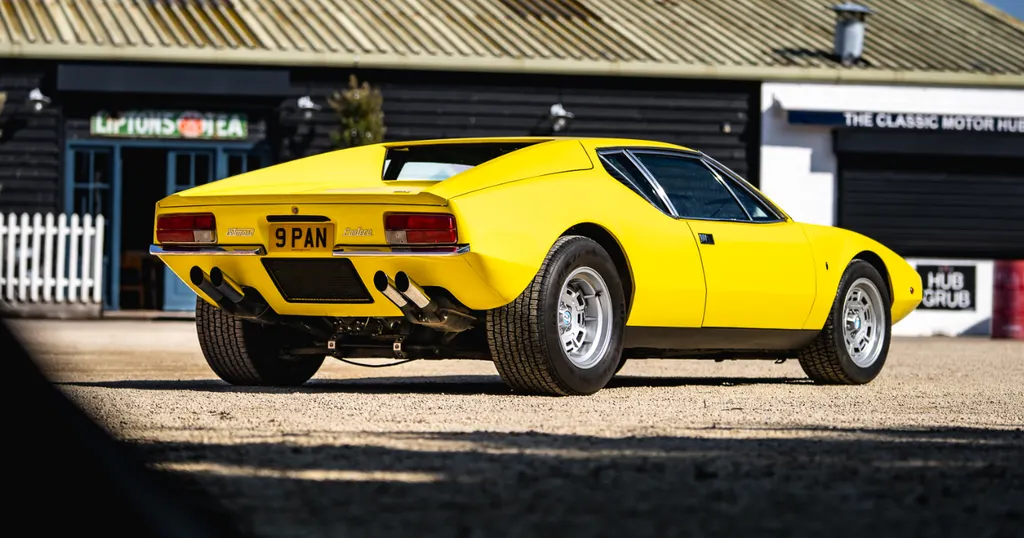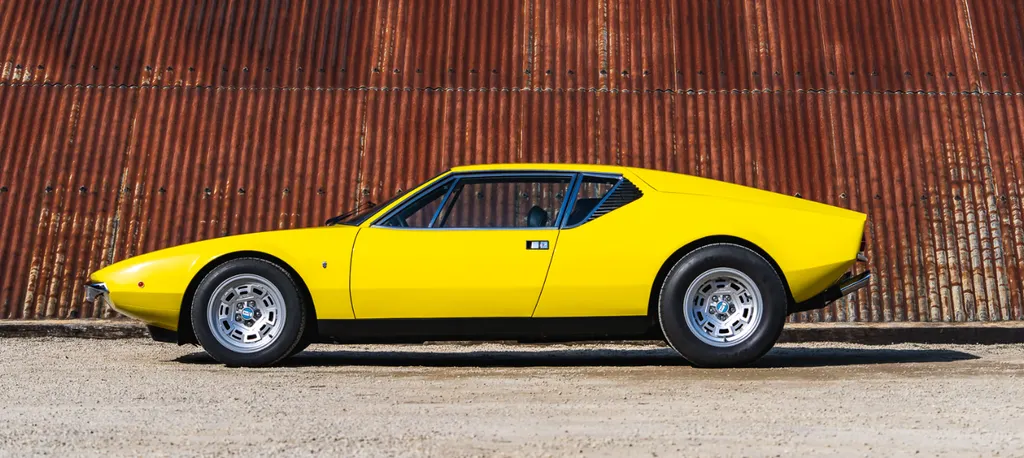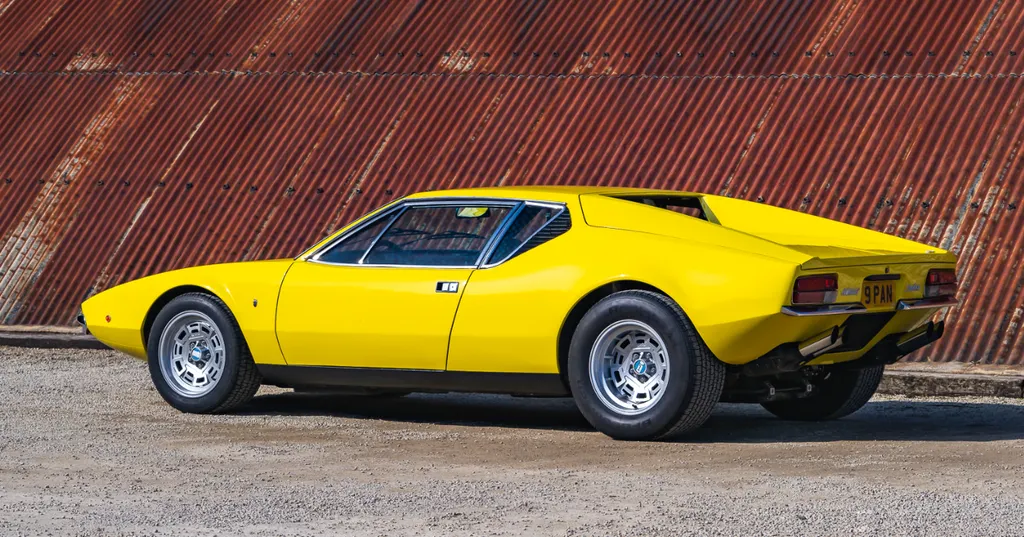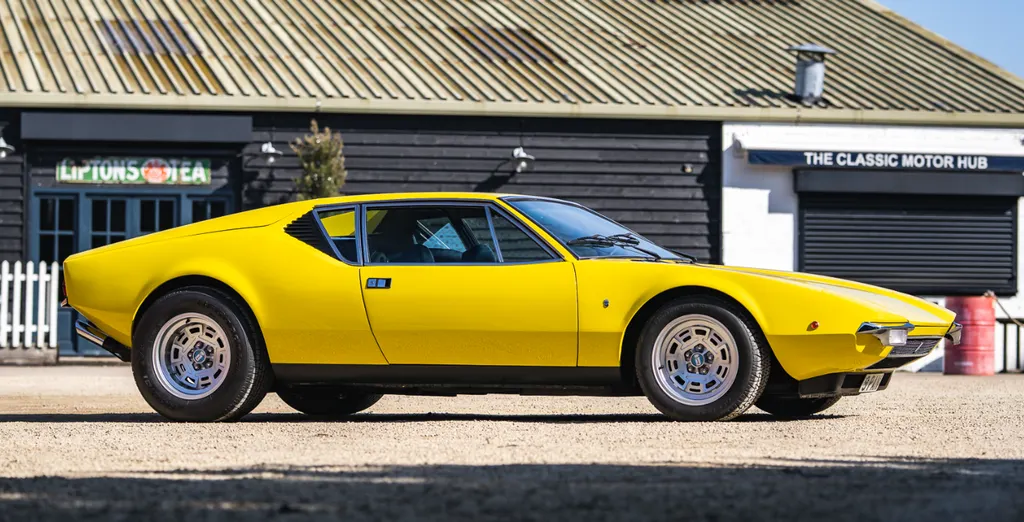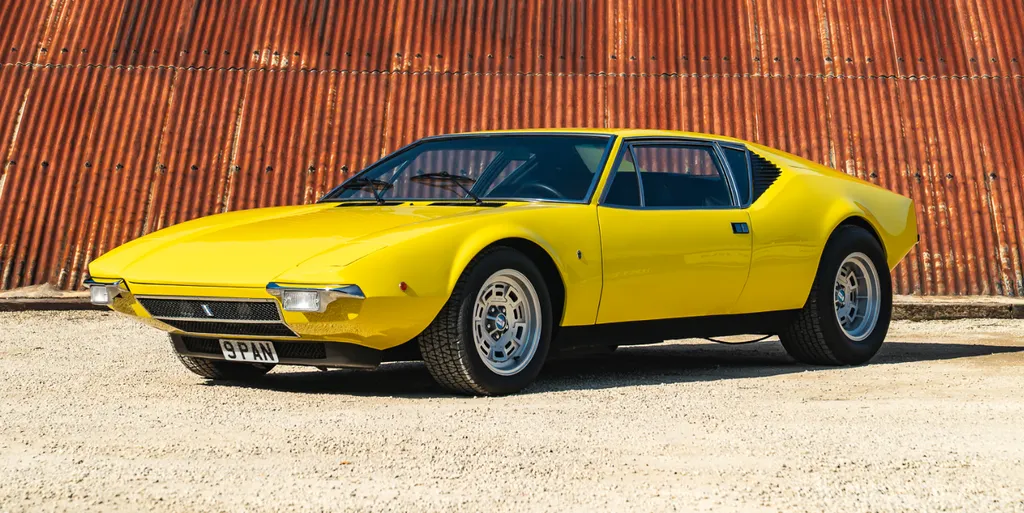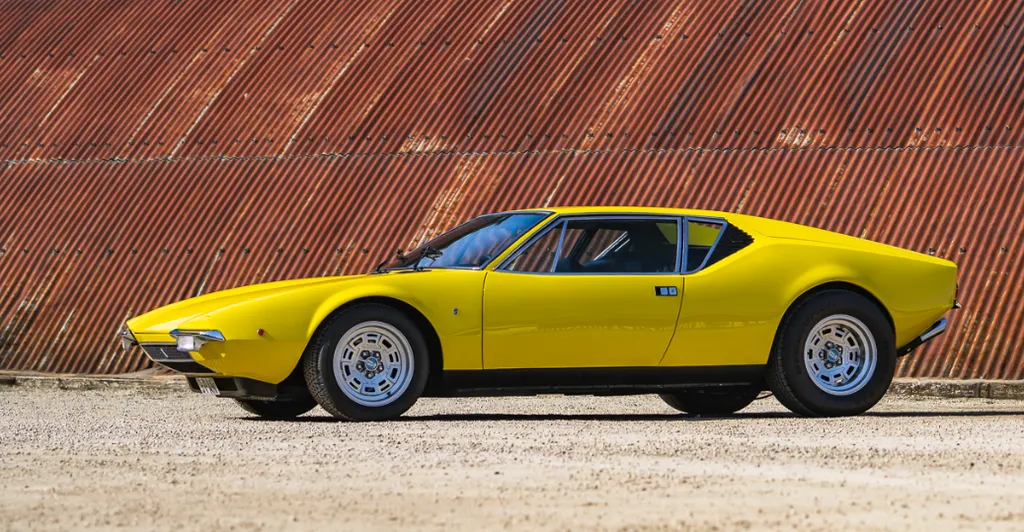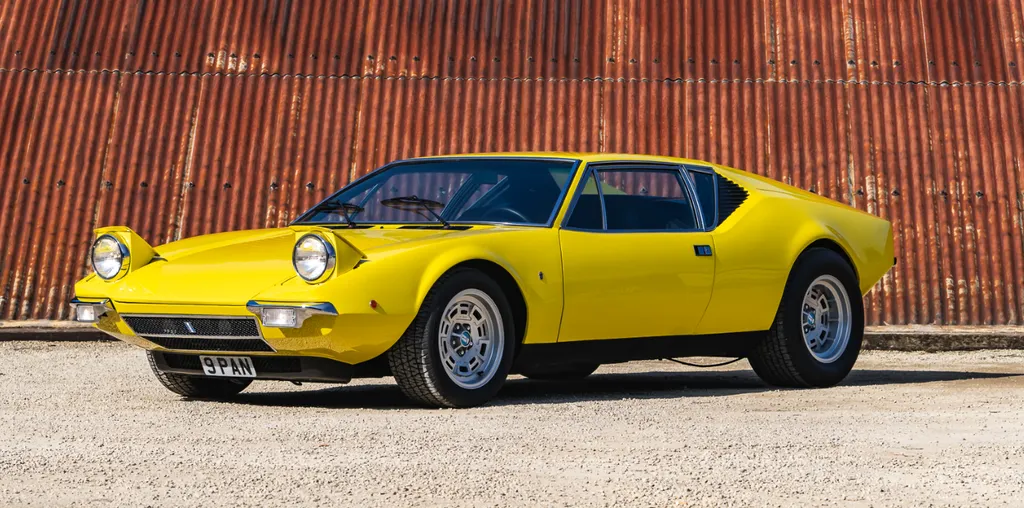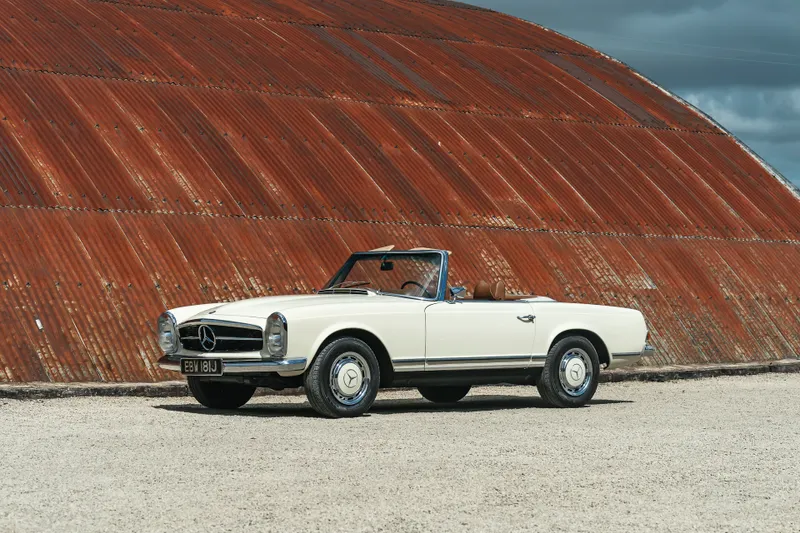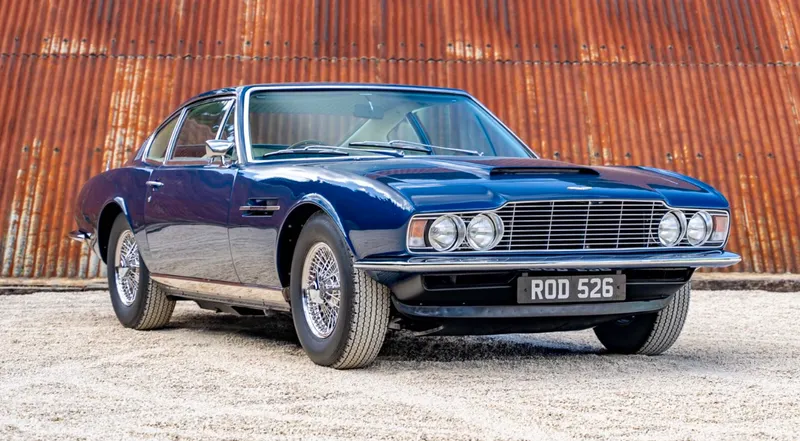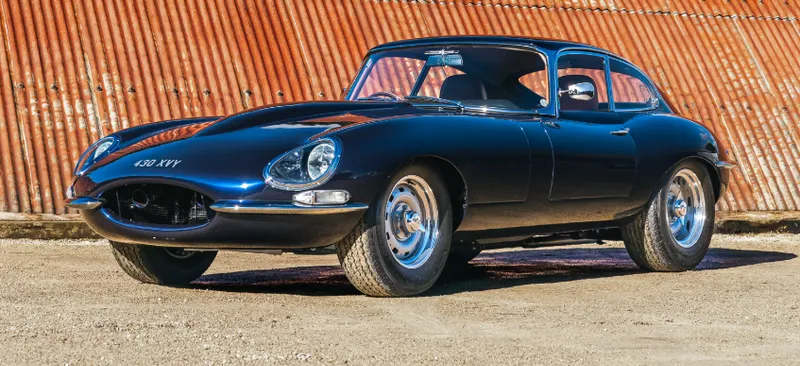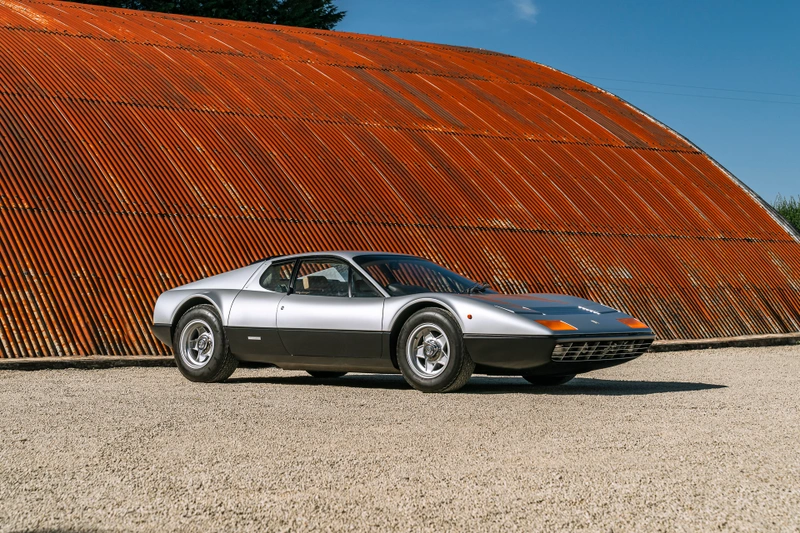1974 DETOMASO PANTERA - £125,000
Sale Agreed. The De Tomaso Pantera offers an extremely attractive blend of Italian styling and American V8 power, and is the most famous model to be built by the mercurial Modena-based company. The beautiful example being offered for sale here was built early in the Pantera’s long production run. Its first owner was Wayne Corcorian of Escanaba, Michigan. Corcorian bought it in June 1974, had Ziebart rustproofing applied, kept it garaged and only ever used it on dry summer days. The Pantera then passed in 1978 to its second owner, who lived in San Jose. They kept the car for the next 13 years, after which it was acquired by another California-based enthusiast. In 1994, Don Gerig bought the car and embarked on a full restoration, a process that was eventually completed by the next owner, Paul Davey, who was a friend of Gerig’s. In 2003, the restored Pantera was bought by someone who knew Gerig and Davey and who lived in the same town in California. The Ford engine was rebuilt during his ownership, after which the car was exported to Denmark – from where it was sold to the UK in late 2014. The Pantera’s new owner was an experienced restorer who had previously rebuilt a Citroën SM, and even though he judged the De Tomaso to be basically sound and entirely usable, he soon set about making it even better. He converted it to the better-looking European-spec bumpers, rebuilt the suspension, steering and braking systems, repaired the wiring where needed, and treated the Pantera to a bare-metal respray after carrying out the necessary metalwork repairs. Used only sparingly since the work was completed, this early Pantera now offers supercar-baiting performance at a fraction of the price of an equivalent Ferrari, Lamborghini or Maserati – just as it did when it first rolled out of the Modena factory and set sail for the USA. Argentine-born Alejandro de Tomaso moved to Italy in 1955 and founded his eponymous car company four years later. After initially concentrating on racing cars, the first De Tomaso road car was the Vallelunga, which used a four-cylinder Ford engine. The relationship with Ford continued with the subsequent Mangusta and intensified to the point that Ford eventually bought a stake in De Tomaso, with Alejandro remaining in overall control. The Pantera replaced the Mangusta and was introduced at the 1970 New York Auto Show. Renowned engineer Giam Paolo Dallara had joined De Tomaso from Lamborghini, where he had been key to the Miura’s success, and oversaw development of the Pantera. This latest De Tomaso used monocoque construction and was powered by a 351 cubic-inch Ford Cleveland V8 engine, which was mounted behind the driver. There was also independent suspension all round, quick-ratio rack-and-pinion steering, 15in magnesium-alloy wheels, and a five-speed ZF transaxle. The interior, meanwhile, was described in the brochure as being ‘elegantly appointed and richly designed’. Everything was housed in a striking body that had been designed by Tom Tjaarda at Ghia and was built at Vignale, before final assembly was carried out in Modena. Ford then sold the Pantera in the US via its Lincoln-Mercury dealerships, with Alejandro de Tomaso free to market them elsewhere. When Autocar tested a Pantera in 1972, it recorded a 0-60mph time of 6.2 seconds and a top speed of 159mph. It concluded that it was ‘a thoroughly desirable car – one which is tremendous fun to drive’ and that ‘shattering performance and spectacularly good looks are just two of the attributes which put the Pantera fairly and squarely in the supercar bracket’. The upgraded and improved Pantera L was introduced in mid-1972, but Ford pulled out after 1974. De Tomaso nonetheless continued to build the Pantera using Australian-sourced V8 engines and this enduring model continued – with increasingly extreme modifications – all the way through until 1992.
- 0 Miles
MANUAL
RHD
- RefCode: DA90AC3A-957C-4292-9B39-93B591CB5B99
